Decor Do’s and Don’ts: Trends That Impress (or Annoy) Pros
Looking for the right decor for your home?
In this blog, we’ll look at the trends that professionals like and those they really don’t. This way you can go with trends that can not only have an impact on your home now but in the long-term too. From X to Y, here are the decor dos and don’ts of 2024!
Looking for a decorator? We've got you covered, here!

1. Do: Use a Suitable Paint Finish
To kick things off, you should ensure that any interior decor changes involve the use of the right paint finish.
In other words, along with considering what colour and gradient of paint will work best in a given space, you’ll need to think carefully about whether to go with a matte or glossy paint finish.
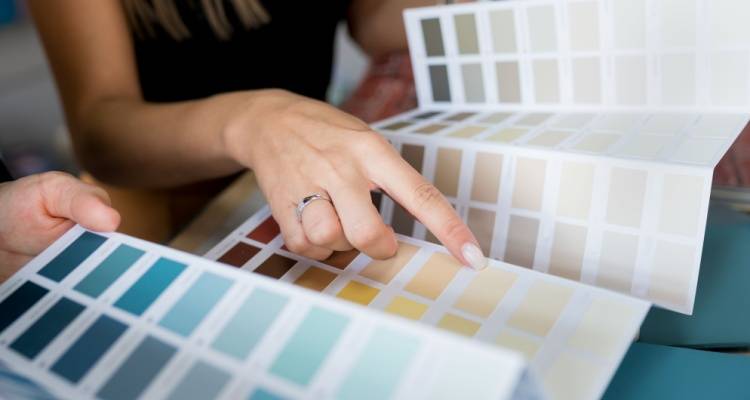
On the one hand, a matt paint finish is limited to no shine providing a minimally reflective surface. On the contrary, a glossy finish is highly reflective. Whether a matte or glossy paint will work.
2. Don’t: Take On Any DIY Work If in Doubt
It’s important that any decor work you’re considering is DIY-friendly and even if it is, you should only proceed if you’re sure of what’s involved, including any safety steps.
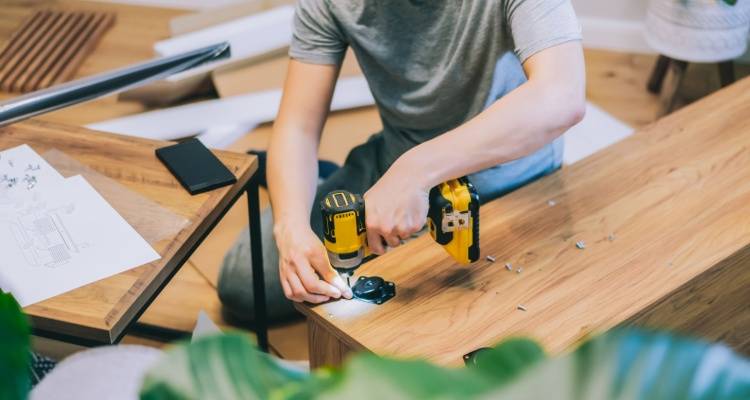
This is because any mistakes in DIY decor could result in errors that will prove a costly headache down the line and even unsafe in some cases.
3. Do: Consider How Different Colours Will Look in A Space
Next, you’ll need to ensure you allocate sufficient time to consider what colours might work and not work for your home’s interior design.

The right shades for a given space will not only depend on your preferences and perhaps the type of room but also the other tones you’d like to include. After all, how given colours will compare, and contrast will give you an idea of whether or not they go well together.
4. Don’t: Have Furnishings That Are Outdated (Unless They Are Special)
If you have worn-down furnishings (and unless, of course, they are special to you - e.g. family heirlooms) it’s a good idea to replace them with modern alternatives.
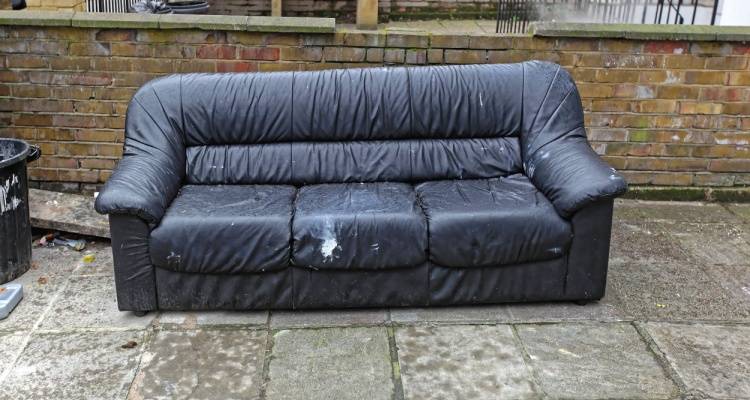
This is because interior designers will prefer to work with a space that features up-to-date furnishings as a helpful starting point.
5. Do: Opt For Low Maintenance Installations
Having fixtures, fittings and furniture added with low maintenance needs is another good approach to decor.
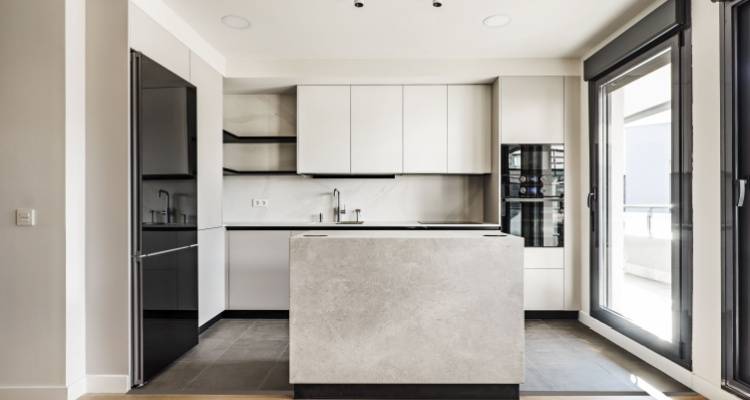
The longer these items last and the less maintenance required, the easier it will be to make a given look and style run the course of time and it will likely make changing up the decor easier to get into.
6. Don’t: Go For a Complex Trend Without Seriously Considering If It’s Necessary or Suitable
When considering new interior design trends it can be tempting to go with a fancy, complex trend.

Some examples of complex trends from over the years include:
- Dramatic home theatres
- Highly intricate, advanced water features
- Vertical gardening
- Custom-made cabinets
- Fancy, textured wallpaper
If you’re considering a complex trend, it’s important to think carefully about whether you really want it and will appreciate it over time and if it is suited to your home in terms of practicality and aesthetic considerations alike.
7. Do: Keep Clutter to a Minimum
Next, limiting clutter can go a long way toward improving the look and feel of a home. Naturally, less clutter can make a decor redesign easier to visualise and complete in reality too.
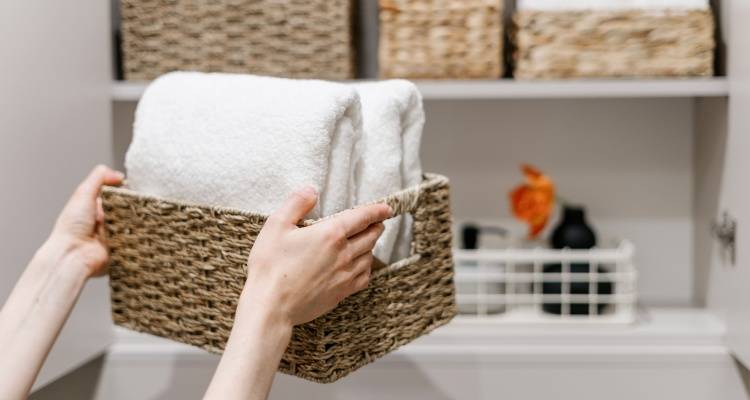
If your home could do with a declutter, it’s best to take steps to make the process as manageable as possible.
Here are some ideas to keep in mind:
- Consider what clutter you want to remove
- Think about where some items could be stored if you intend to reuse them*
- Dedicate one or two days (featuring scheduled breaks incl. sufficient food and water to keep you going) to decluttering your home
- When decluttering, set aside clearly labeled binliners to store a range of items (e.g. you may want to have a binliner for storage, another for recycling or/and one for charity)
- Take ongoing steps to minimise the accumulation of new clutter
*In many cases, putting items in the loft will be the go-to option. However, other approaches include adding new storage whether in the form of built-in storage, storage boxes or even repurposing a space in such a way that you can reduce overall clutter in your home.
8. Don’t: Customise Unless Needed
While customisation is appealing, bespoke fittings/fixtures are expensive and complex. Their complexity poses a challenge where a professional may need to spend more time to maintain it or may find it more difficult to work it into a renewed interior design as opposed to a more generic installation.
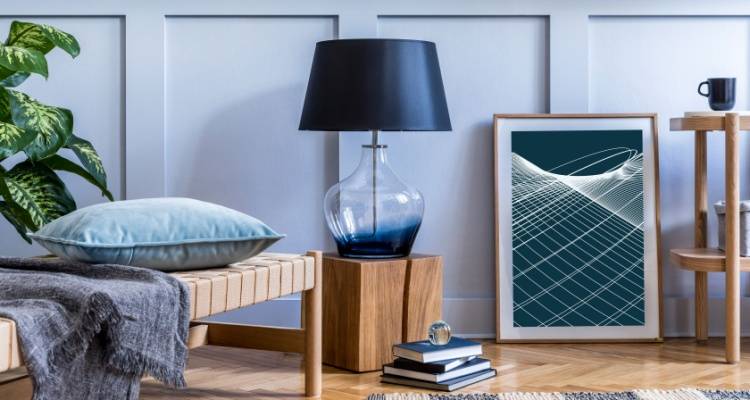
9. Do: Go With Bright Colours When Feasible
Opting for bright (or at least medium) shades has a range of advantages. Not only can they introduce character to your home, but brighter colours are easier to paint over.

For example, if you have a room painted in cherry red or charcoal, it will be more difficult for a professional painter to paint over it with a new colour, requiring more coats.
Last updated by MyJobQuote on 1st May 2024.






